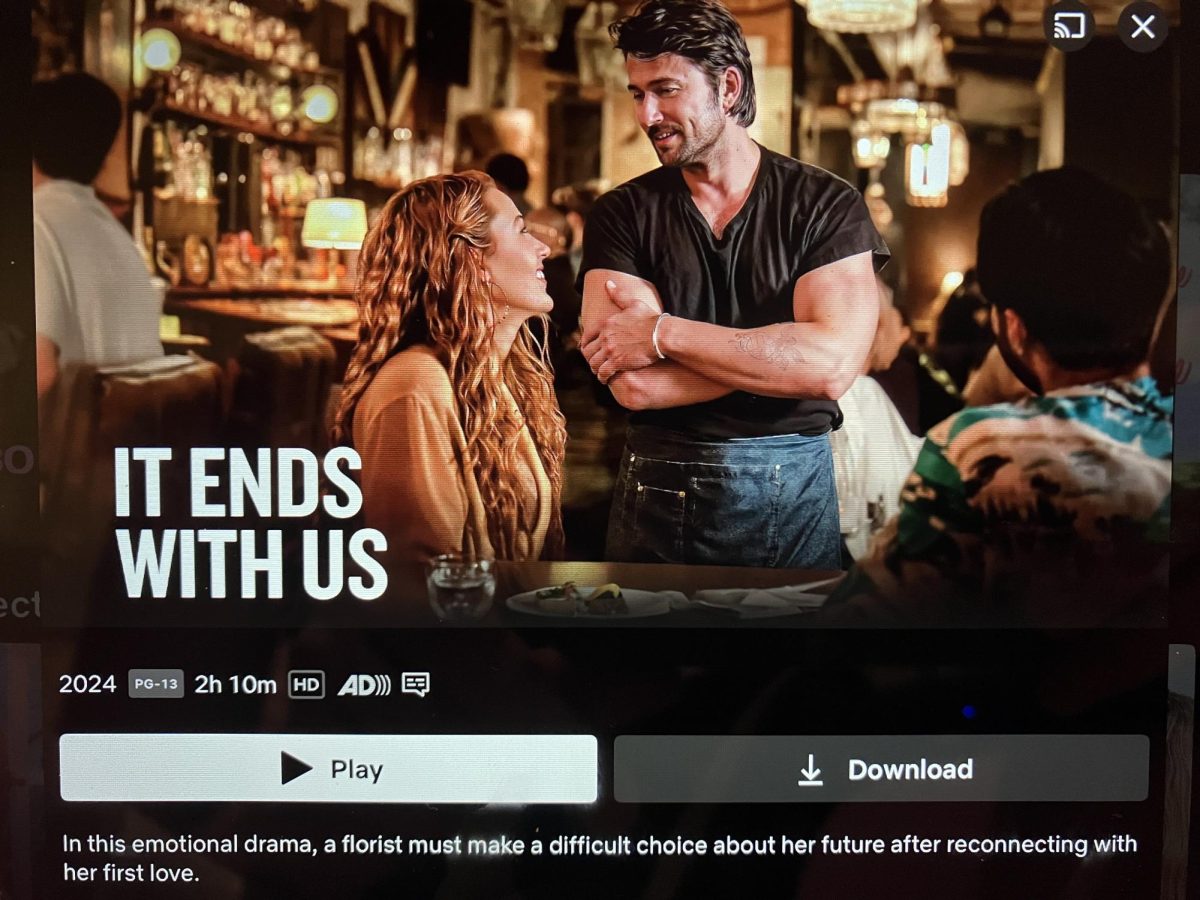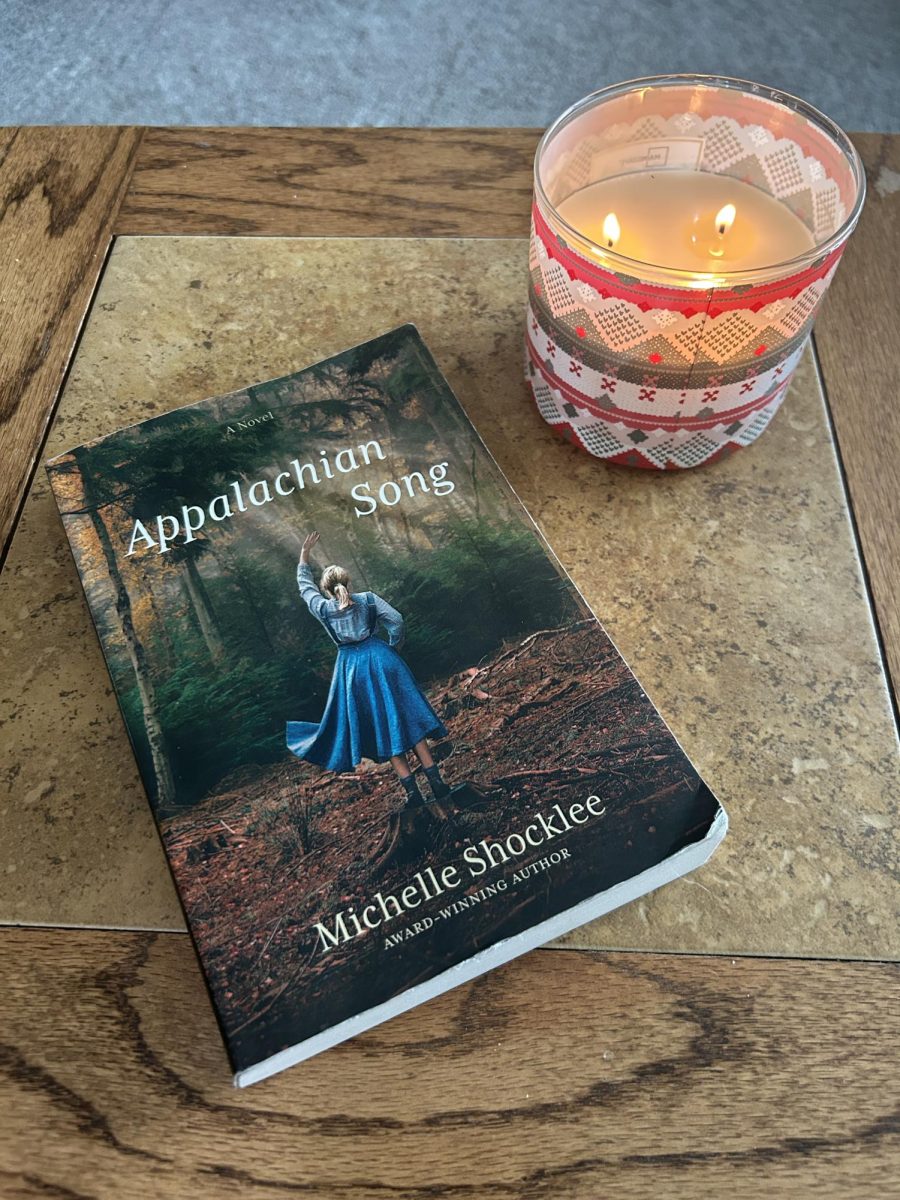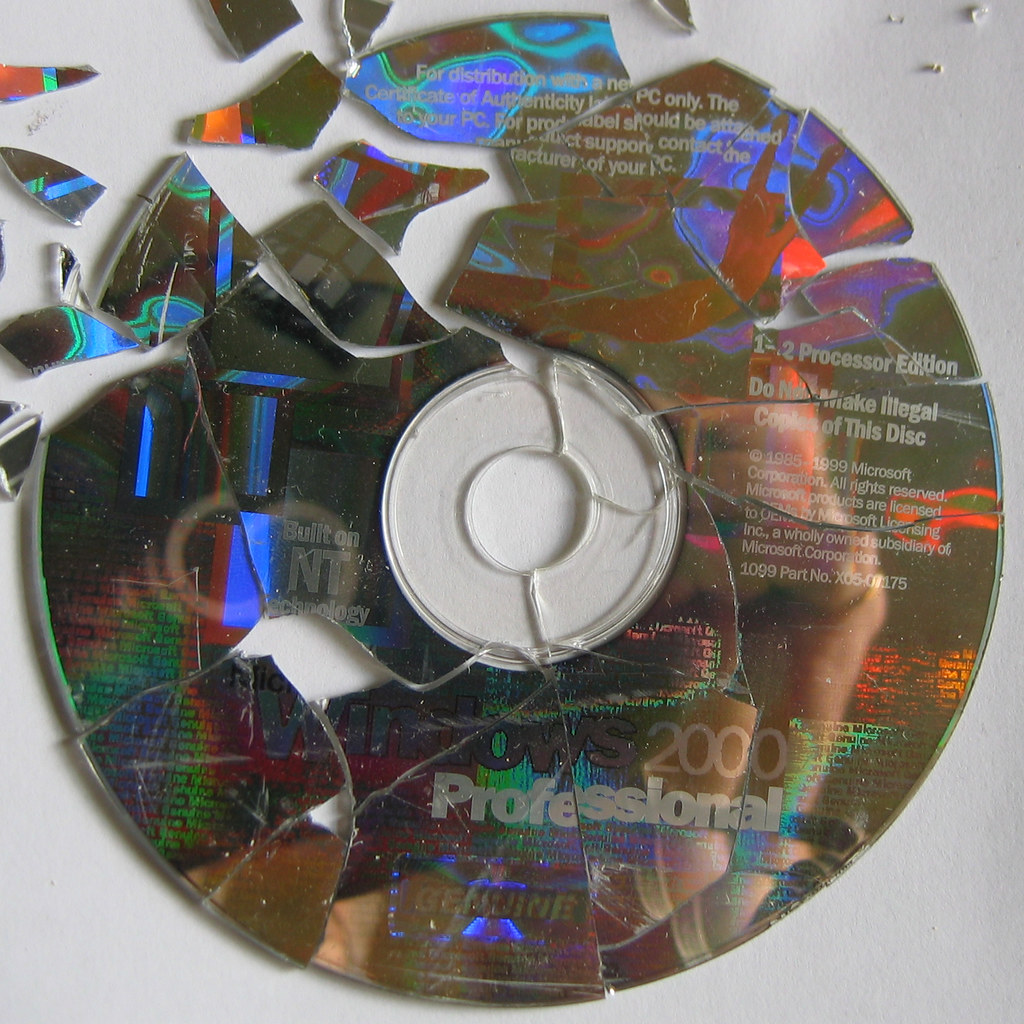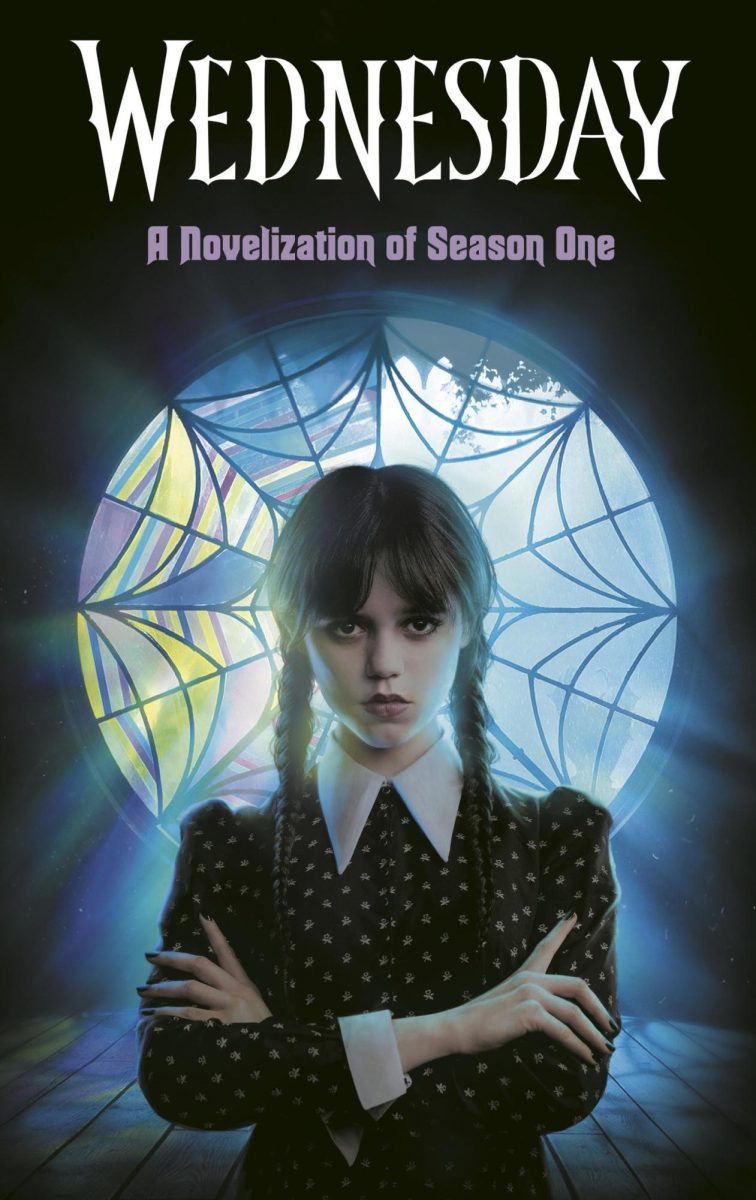Everyone loves the color red. The brightness of the color seems to radiate for miles and encapsulate the feeling of summer. Red found in food coloring is known far and wide. Everyone loves raspberry, strawberry, and cherry flavoring, right? Among the other things that no one could possibly imagine that red food coloring would be in, our food is constantly saturated with Red Dye 40, among others. Red food coloring may be one of the most taboo subjects to cross the minds of Americans, not due to the facts about red food coloring, but for the fact these dyes are nearly inescapable. Red 40 and Red 3 are found in some of the most common foods, but are they really good for human consumption?
Take Twizzlers for an example. One of the most popular candies for years, Twizzlers is one of the best examples of a common candy that includes Red Dye 40. Among the shelves; Red 40 is also found in Starburst, Jolly Ranchers, and Lifesavers. On the food side of things, Red 40 is found in much more than one may expect. For example, pudding contains Red 40 as well as chewing gum. Red 40 is found in tons of household items and items on the shelves, but how dangerous is it?
One of the most common myths is the art of the “sugar rush.” Every kid was familiar with the hyper rush one gets after consuming excess amounts of sugar. But when the myth was busted, what actually causes the hyperactivity after consuming sugar? According to The Cleveland Clinic, Red Dye 40 may be the cause of the famed “sugar rush.” The dye may be the cause of lots of allergies and an increase in Attention Deficit/ Hyperactivity Disorder in children. Red Dye 40 also is linked to other side effects like migraines and behavioral changes. Among other problems with the dye, Red Dye 40 includes benzenes that are known to cause cancers. Carcinogens are found in lots of other dyes that are included in tons of food.
When asked about her lunch habits Mallory Davidson, a junior at ADM High School recalled that she didn’t have much for foods that included dyes in her regular lunches. Upon more questions, she came to a realization.
“Do fruit snacks have dyes in them?” Davidson said, “Because I do have some of those with me.” Fruit snacks are a wonderful example of realizing that much of people’s diets have hidden dyes in them. This is a perfect example of the importance of reading labels.
Although the evidence attests to the danger of food dyes, it remains a personal decision on whether a person consumes food dye or not. Among the teachers at ADM High School, Mrs. Miller claims that she does not care about food dyes and thinks they probably taste good.
After being informed that food dyes including Red 40 contain carcinogens and are known to be linked to cancer, Miller said, “Dude, I drink a Coke Zero a day, I’m already not doing great things to my body.”
Although Red Dye 40 among other dyes is very dangerous and can seem scary, it is important to stay informed of the risks and updates to the dyes. Google can also be a dangerous place, so it is important to look for information from valid sources. The National Library of Medicine and the National Institutes of Health are great sources of information. Remember that making switches in your diet is possible; there are lots of healthy alternatives for food dyes.









